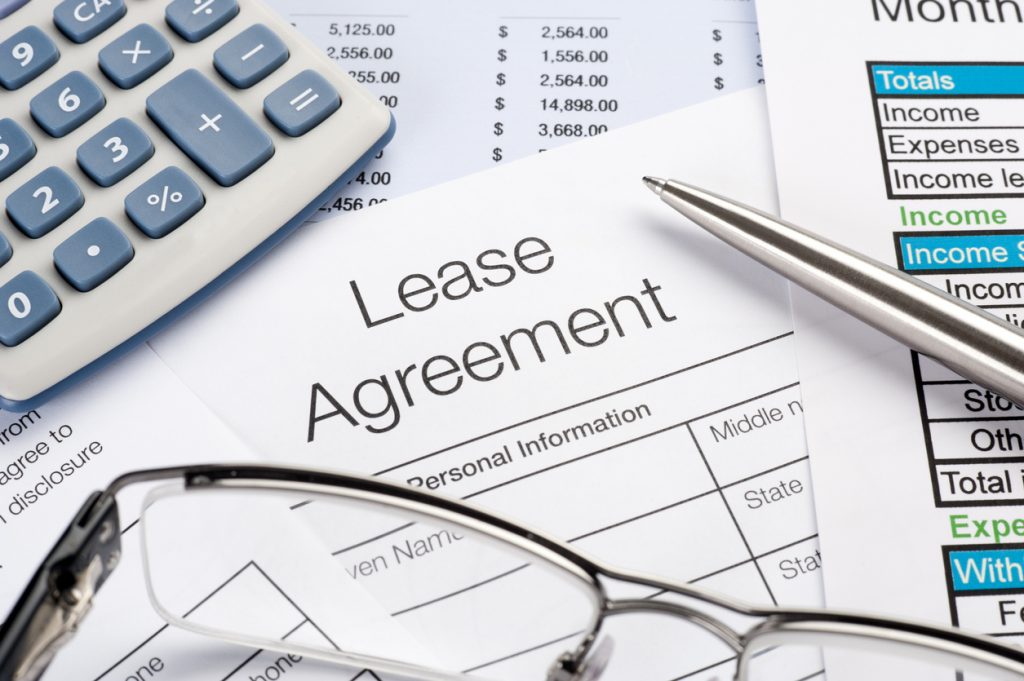Faced with surging inflation, commercial property owners are taking a hard look at how to recoup costs through rent structures, Bayleys reports

With the country’s interest rates hitting a 30-year high, commercial landlords and tenants have been forced into something of a tussle over rent structures in a bid to balance rising costs.
The most common rent review mechanism for new leases in both office space and industrial property over the past two to three years has been fixed growth, of typically around 2.5 to three percent annually, with market reviews mid-way through the lease term, or at renewal.
However, with the recent Consumer Price Index (CPI) inflation figures hovering around 6.9 percent, well outside the Reserve Bank of New Zealand’s (RBNZ) target band of one to three percent, there is an emerging trend for landlords to push for faster rental growth via higher fixed rates or CPI indexing to keep pace with inflation.
In the opposite corner, tenants are more in favour of the certainty offered by fixed-growth rent structures to help them predict and manage costs and ride out the economy’s current volatilities.
The good news is that the rent challenges are not black and white, and according to Bayleys’ commercial experts there is room for negotiation and flexibility on both sides.
Changes to office leasing
Bayleys’ national director office leasing Steve Rendall says until about six months ago, before inflation became a material issue, the hybrid model of fixed growth structures with periodic market reviews was working well for both tenants and landlords because of the stability and transparency it offered.
Bayleys’ Insights, Data and Consulting team analysed rental data over the past six years under three scenarios from the same starting rent: fixed annual growth at 3.0 percent per annum; inflation-indexed based on CPI + 0.5 percent per annum; and Auckland CBD prime office benchmark rent for reference (where annual market rent reviews would be unusual).
That analysis found the preference for a hybrid rent mechanism, of fixed growth with periodic market reviews has tracked the market benchmark well.
Comparing rental scenarios over time – Auckland CBD office
Source: Bayleys Insights, Data and Consulting
The data showed that the scenario of fixed rent growth of three percent achieved overall higher rent than the CPI-indexed scenario and it would likely take a further 12-24 months of heightened inflation to balance things to similar outcomes.
“The ideal basic principle of any lease agreement is that tenants should be paying a market-based rent, and the landlord shouldn’t be over-recovering, or under-recovering,” Rendall says.
“Because the process by which you reset rents to the market can be quite cumbersome, landlords have typically added in some degree of fixed growth to lease agreements so they can offset moderate inflation expectations, with market-based reviews every three years or so.”
It’s a system that does depend on both sides having a confident view of what inflation looks like over the term of the rental agreements.
“Inflation was low for long enough that those adjustments of two or three percent looked like pretty safe bets for a fair, fixed rent uplift. Now that inflation has run away on us completely, those fixed reviews suddenly seem like a bad idea because if you only have a two or three percent rent uplift the landlord is under-recovering relative to what the true rent should be,” Rendall says.
Now landlords in premium office locations where demand is high are looking at new rental agreements that include a CPI adjustment plus growth.
“Landlords – and their lenders – will generally want rent review mechanisms that provide a degree of hedging against high inflation and high-interest rates, while tenants generally seek the opposite to avoid a big jump in rents,” he says.
Many tenants are inevitably pushing back on that to try and negotiate for just CPI or a slower growth rate. Others, says Rendall, may still be able to get landlords to agree on a fixed-growth rate lease mechanism, but that rate will be higher than it was six months ago; often around four percent.
Tenants’ other source of push-back against CPI-based mechanisms may lie in the increasingly two-tier nature of office leasing.
While a flight to quality is leading to high demand for premium, often new-build space, giving landlords more heft in their lease negotiations, demand for secondary office space is lower, giving tenants more buying power in the lease agreements.
“On the other hand, in some of the fringe locations more profoundly affected by disruption over the past two years (like mid-town in Auckland’s CBD, or the University precincts) or in poorer quality B and C-grade buildings, we have higher vacancy rates, and we’re not seeing the same growth.”
Rendall says a compromise move for tenants wanting to keep greater control over rising rental costs without sacrificing the quality of their workspace, is to look at premium properties in good fringe locations.
“There are some great opportunities in the fringe for occupants seeking high-quality buildings that will provide excellent outcomes for occupants.”
Pressures on rental structures and rising costs aren’t purely about keeping pace with CPI-based inflation. Rendall says the well-documented sharp increase in the cost of building is another factor.
“To build a new office building right now, given the price of construction, you’re going to want to be able to achieve a rent that two or three years ago would look really optimistic,” he says.
With face rents required to make a new building cost-effective often sitting well above $700 per square metre, that is having a flow-on effect by pulling up other premium rents, he says.
Regional variation
Most metropolitan office leasing markets around the country are facing the same challenges related to inflation which have landlords considering CPI adjustment mechanisms as a solution.
That said, market conditions do vary between regions which will impact how much tenants can expect to pay, says Rendall.
Wellington, for example, has extremely low vacancy rates giving landlords a much stronger hand to play in introducing lease structures that meet their goals.
“There aren’t a lot of secondary markets outside the CBD in Wellington, so office tenants have far fewer options. I would project a good rental uplift in Wellington over the short to medium term.”
By contrast, Christchurch has a higher vacancy rate and a softer rental market.
“They have some big occupants with more space than they need, which they are trying to sublease. But there’s also more vacant development land in Christchurch, which makes it a relatively low input cost into new builds. So, even with the costs of construction, it makes new builds a more affordable, viable option,” Rendall says.
That greater choice, whether tenants are after new builds or existing stock, gives them a bit more leverage in the terms and mechanisms of new leases, he says.
First published in Bayleys Total Property, Issue 4, 2022









